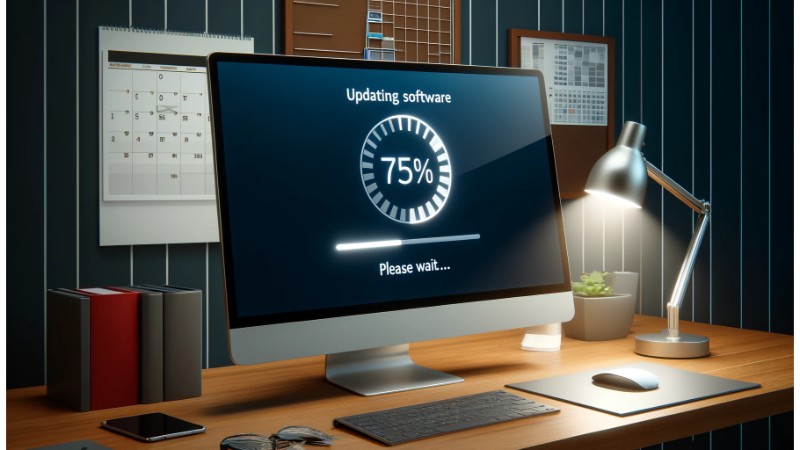Software Configuration Tips: Ensuring Efficiency And Security

Effective software configuration is essential for maximizing system performance and enhancing security. It involves setting up software environments that align with specific user needs and system requirements. This guide offers key strategies and tips for optimal software configuration, aimed at IT professionals and users alike to ensure a secure and efficient experience.
1. Understand the Software Requirements
Before configuring any software, it is crucial to understand its requirements thoroughly. This includes hardware specifications, operating system compatibility, and any dependencies on other software. Failure to align software with system capabilities can lead to inefficiencies and security vulnerabilities.
 Tip: Always refer to the software’s documentation for detailed requirements and setup instructions.
Tip: Always refer to the software’s documentation for detailed requirements and setup instructions.
2. Keep Software Updated
Regular updates are vital for security and functionality. Updates can fix bugs, close security vulnerabilities, and provide new features that enhance software performance.
 Tip: Enable automatic updates if possible, or establish a regular schedule to manually update software to ensure you’re always running the latest version.
Tip: Enable automatic updates if possible, or establish a regular schedule to manually update software to ensure you’re always running the latest version.
3. Configure Security Settings
Security should be a top priority in any software configuration. This includes setting up firewalls, antivirus software, and configuring software settings to maximize protection against unauthorized access.
Tip: Always customize the default security settings according to the specific needs and threats in your environment. Utilizing features such as two-factor authentication and secure password policies can significantly enhance security.
4. Optimize Performance Settings
Adjusting software settings for optimal performance can significantly enhance the user experience. This involves configuring the software to use system resources efficiently without compromising other operations.
 Tip: Monitor resource usage regularly to adjust configurations that may be slowing down the system. Tools such as the Windows Performance Monitor can be helpful in this analysis.
Tip: Monitor resource usage regularly to adjust configurations that may be slowing down the system. Tools such as the Windows Performance Monitor can be helpful in this analysis.
5. Back Up Configuration Settings
It is essential to regularly back up configuration settings to prevent data loss in the event of software failure or other issues. This ensures that you can quickly restore your system to its optimal state without lengthy downtime.
 Tip: Use automated tools to regularly back up your settings, and ensure that these backups are stored securely, ideally in a separate location from your primary data.
Tip: Use automated tools to regularly back up your settings, and ensure that these backups are stored securely, ideally in a separate location from your primary data.
Conclusion
Proper software configuration is a critical component of system management that should not be overlooked. By understanding the software requirements, keeping systems updated, prioritizing security, optimizing performance, and backing up configurations, users and IT professionals can ensure that their systems operate efficiently and securely. Following these tips will not only enhance the functionality of the software but also protect the integrity and security of the entire IT environment.


